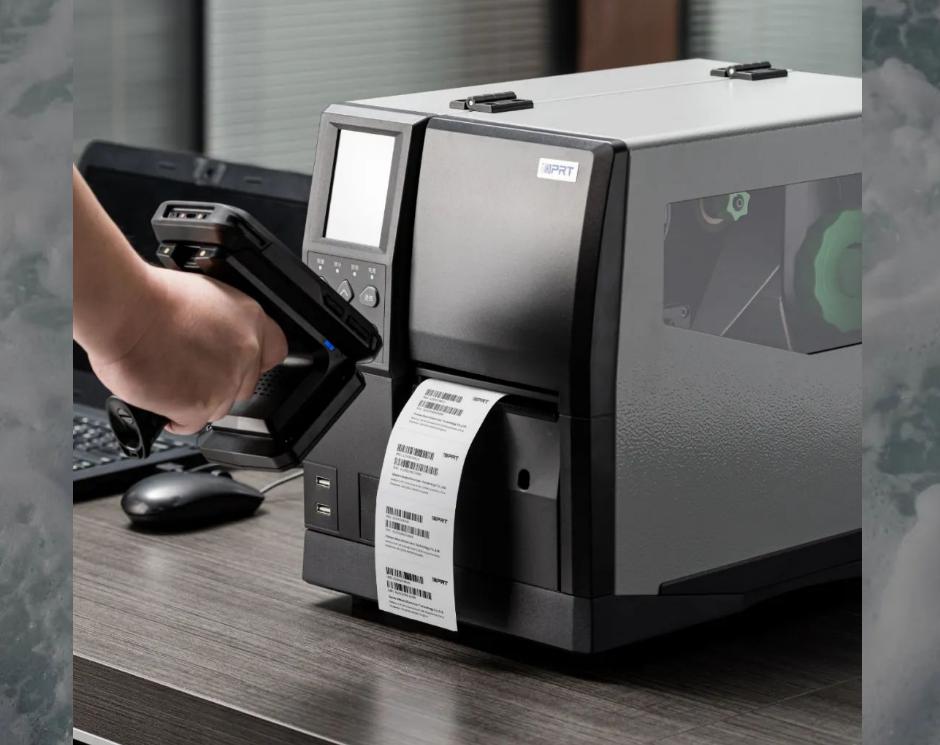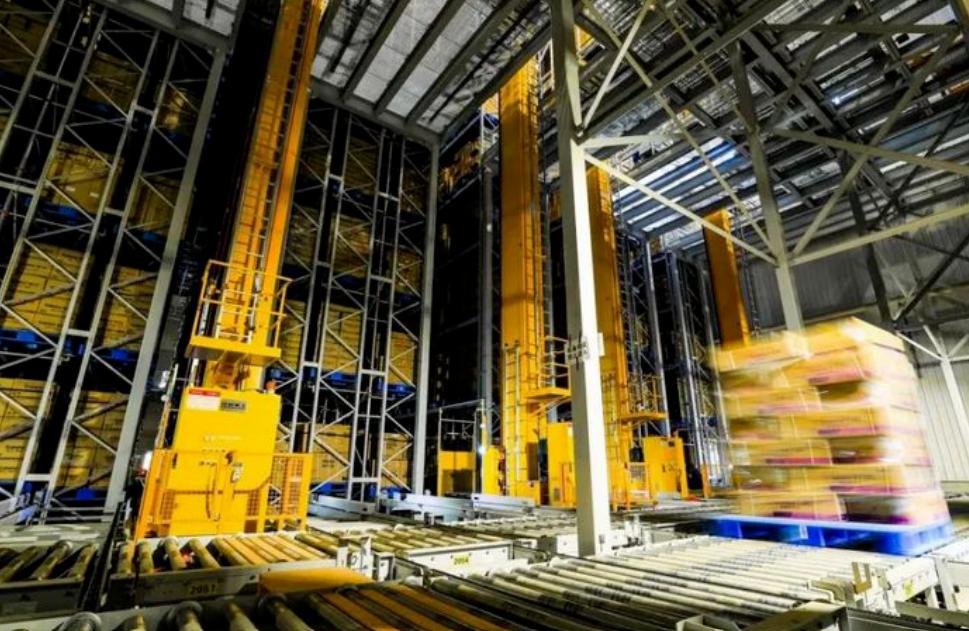
Driven by the rapid development in the era of intelligent manufacturing and Industry 4.0, more and more large household appliance companies have begun to pay attention to the management quality of their own logistics and warehousing under the support of the e-commerce industry gradually moving towards the right track. How can we improve the management and utilization of warehousing and logistics?
The intelligent warehousing system is based on RFID technology as the core to realize the platform warehousing, warehouse inventory, high-speed automatic recording of goods received and sent. RFID is a non-contact automatic identification technology. This technology uses RFID electronic tags to replace the original commodity barcode. Based on the batch and non-contact reading ability of UHF RFID equipment, it can realize batch inventory and review, and can be applied to various complex environments. The system uses RFID middleware as the platform to configure multiple processes such as warehousing, inventory, and outbound. Widely used in various industries, improving warehousing turnover efficiency is an important link for enterprises to improve production efficiency.

For a long time, large commodities such as refrigerators and color televisions have been characterized by large volume, large weight, diverse packaging specifications, low degree of automation, time-consuming and labor-intensive storage links, and high error rate of goods in and out of storage, posing great challenges to storage and transportation.
iDPRT cooperates with a large domestic logistics company, takes the lead in introducing RFID technology into the supply chain logistics scene, introduces iDPRT industrial barcode printer ET42, and prints RFID three proof thermal labels. Print and assign codes to tags through RFID thermal labels and read TID (ID set by the manufacturer) information at the same time, send back information to PC through the printer, bind with product information, and print the new binding code content to achieve unique identification; Wireless signal transmission by using the space gap of large goods can realize the rapid logistics inventory and picking process, save time and labor costs, and also achieve rapid warehousing and goods tracking. It not only greatly reduces the burden of staff and improves efficiency, but also contributes to the stability and upgrading of the supply chain during the promotion period. According to customer feedback, the inventory efficiency in the warehouse of large pieces has been increased by more than 10 times, the review efficiency has been increased by 5 times, and the delivery efficiency has increased by 150%.

It is worth mentioning that the use of RFID electronic tags can improve the inventory efficiency to more than 10 times the traditional operation mode, helping staff say goodbye to the heavy physical and repetitive work of inventory one by one. A freight driver said "The efficiency of warehouse review and delivery has been improved a lot. It used to be a car waiting for goods, but now it is a car waiting for goods, which has changed a lot."
At present, this large-scale logistic company has fully applied RFID tags in the supply chain of large goods, and provided integrated supply chain services for upstream suppliers. RFID tags are applied throughout the whole process from factory finished goods warehouse, supply chain logistics, front-end warehouse, to terminal distribution and reverse service.







